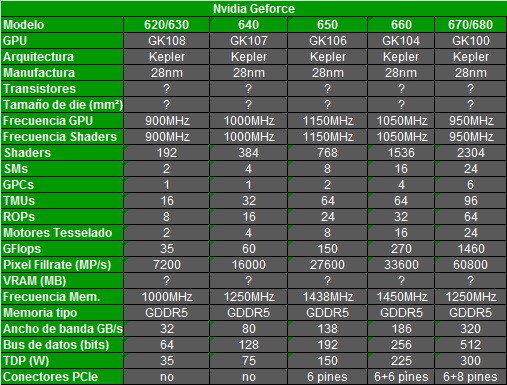The really big assumption in all those numbers is that nVidia really can deliver on their claims of 2.5x DP perf/watt  Also, who knows what baseline they're using for comparison. The other important but reasonable assumption of course is that Kepler DP=1/2SP.
Also, who knows what baseline they're using for comparison. The other important but reasonable assumption of course is that Kepler DP=1/2SP.
nVidia's promises aside, AMD has already proven it's possible to fit 2000 1D ALUs into a <400mm^2 die running at 1Ghz. Kepler probably doesn't need to get anywhere near those numbers to be competitive though.
nVidia's promises aside, AMD has already proven it's possible to fit 2000 1D ALUs into a <400mm^2 die running at 1Ghz. Kepler probably doesn't need to get anywhere near those numbers to be competitive though.


